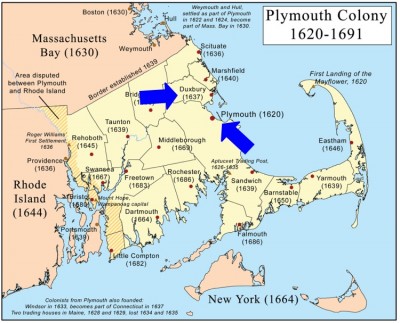property, built houses
The New York Times article "Homeownership Drop is Bad News, but Not for the Reason You Think" describes the drop in American homeownership in 2016. The homeownership rate hit "the lowest rate in more than 50 years". The article also discusses inflated mortgage and renting rates, and describes the reason for these statistics to be that salaries and employment rates have not recovered since the recession. The article also points out that the greatest drop in homeownership occurred amongst African Americans.
Juxtaposing this article with Parting Ways, it is clear that the methods in which homeownership occurs have drastically changed since the 1800s. Cato Howe and his fellow neighbors simply purchased a plot of land, built homes, and began to farm the land. Another thing to compare is the fact that about 200 years later, African Americans are still finding a struggle to own homes and to find success in the U.S.
Citation: Baker, Dean. "Homeownership Drop Is Bad News, but Not for the Reason You Think." The New York Times. The New York Times Company, 2 Aug. 2016. Web. 14 Sept. 2016. http://www.nytimes.com/roomfordebate/2016/08/02/homeownership-at-50-year-low-so-what/homeownership-drop-is-bad-news-but-not-for-the-reason-you-think.





